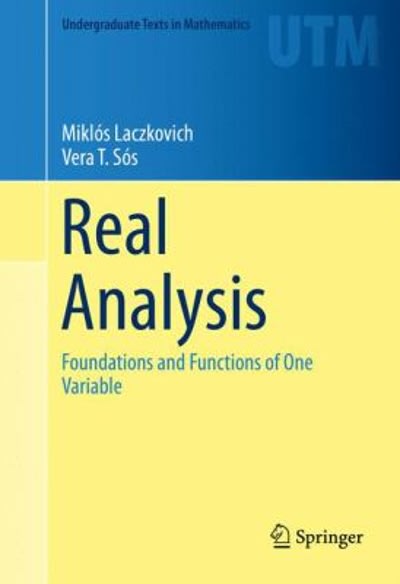Question
Question 3 Table 2 shows some data related to crime in different areas of England. When answering the questions that follow, assume that the rates
Question 3
Table 2 shows some data related to crime in different areas of England. When answering the questions that follow, assume that the rates of offences in each area in the year ending June 2020 are valid indicators of the current annual risks of these offences.
Table 2 Rates of police recorded crime for burglary and violence against the person for selected areas of England and Wales, year ending June 2020
| Region | Burglary | Violence against the person |
| NorthWales | 4 per thousand of population | 36.4 per thousand of population |
| SouthYorkshire | 0.92% | 3.40% |
| DevonandCornwall | 1 in 370 of population | 1 in 44 of population |
| WestMercia | 0.0047 | 0.0264 |
Source: Adapted from Office for National Statistics (2020)
3.1Transform the figures in Table 2 into one comparable measure of risk by expressing each probability as a decimal, rounded to four decimal places.
3.2If crimes categorised as burglary and violence against the person are independent events, what is the chance (expressed in percentage) of being a victim of both crimes next year in West Mercia?
3.3Give two reasons why a particular household in South Yorkshire may in fact be at a lower risk of burglary than the probability shown in the table.
3.4Briefly explain the meaning of 'adverse selection'. Discuss how adverse selection might provide a greater problem for mutual insurance pricing models than individual risk-based pricing for home contents insurance.
Step by Step Solution
There are 3 Steps involved in it
Step: 1

Get Instant Access to Expert-Tailored Solutions
See step-by-step solutions with expert insights and AI powered tools for academic success
Step: 2

Step: 3

Ace Your Homework with AI
Get the answers you need in no time with our AI-driven, step-by-step assistance
Get Started


